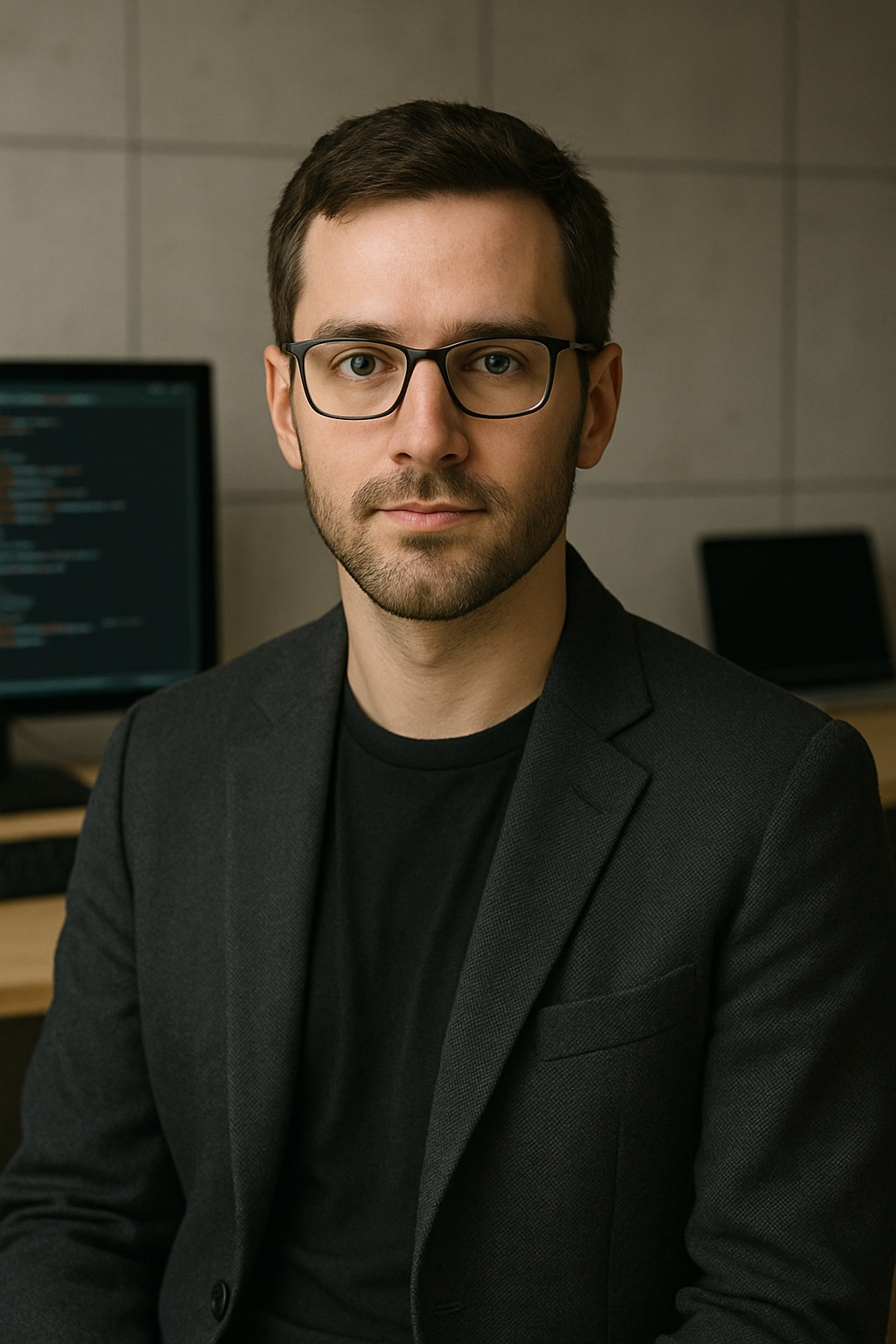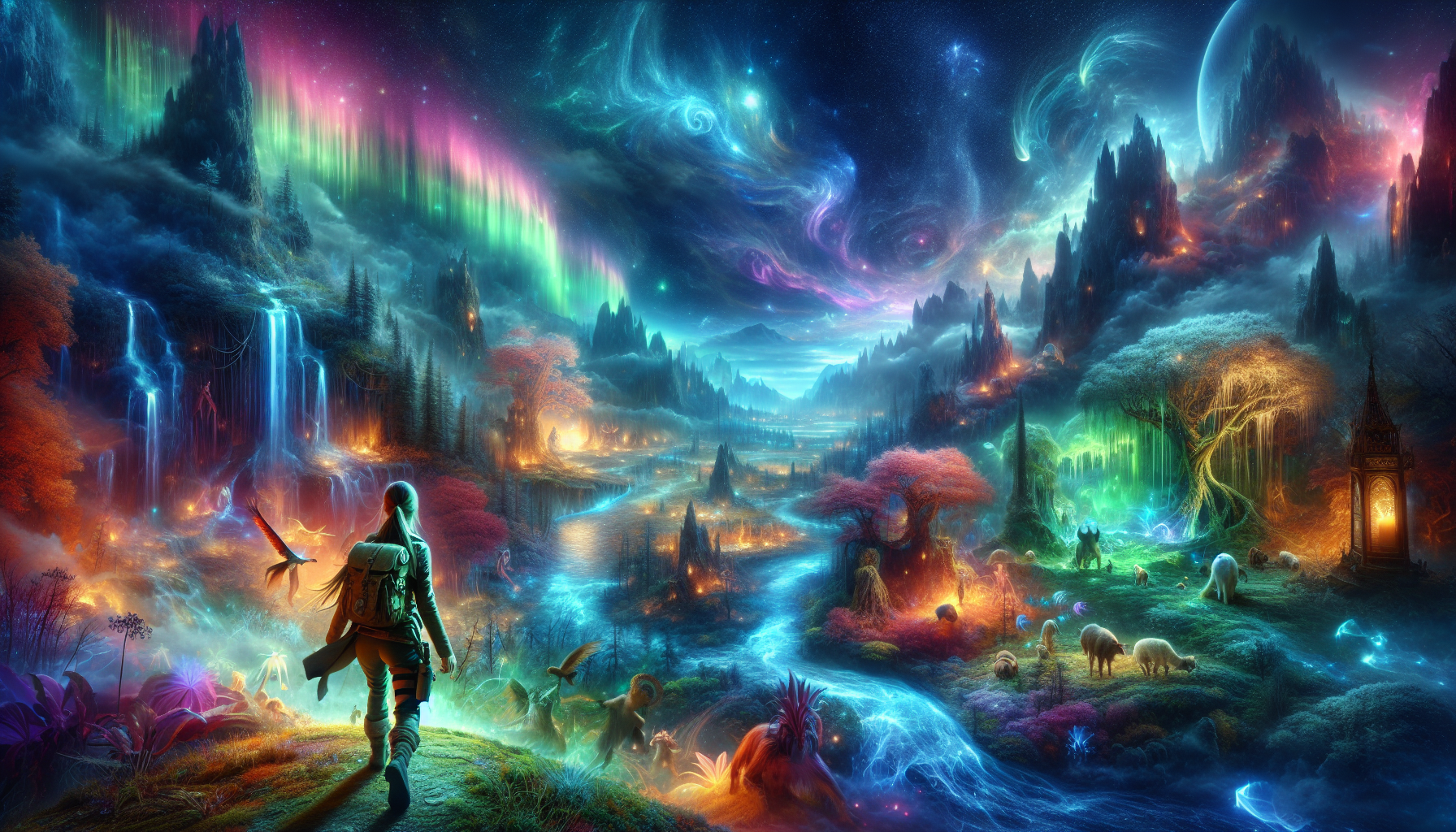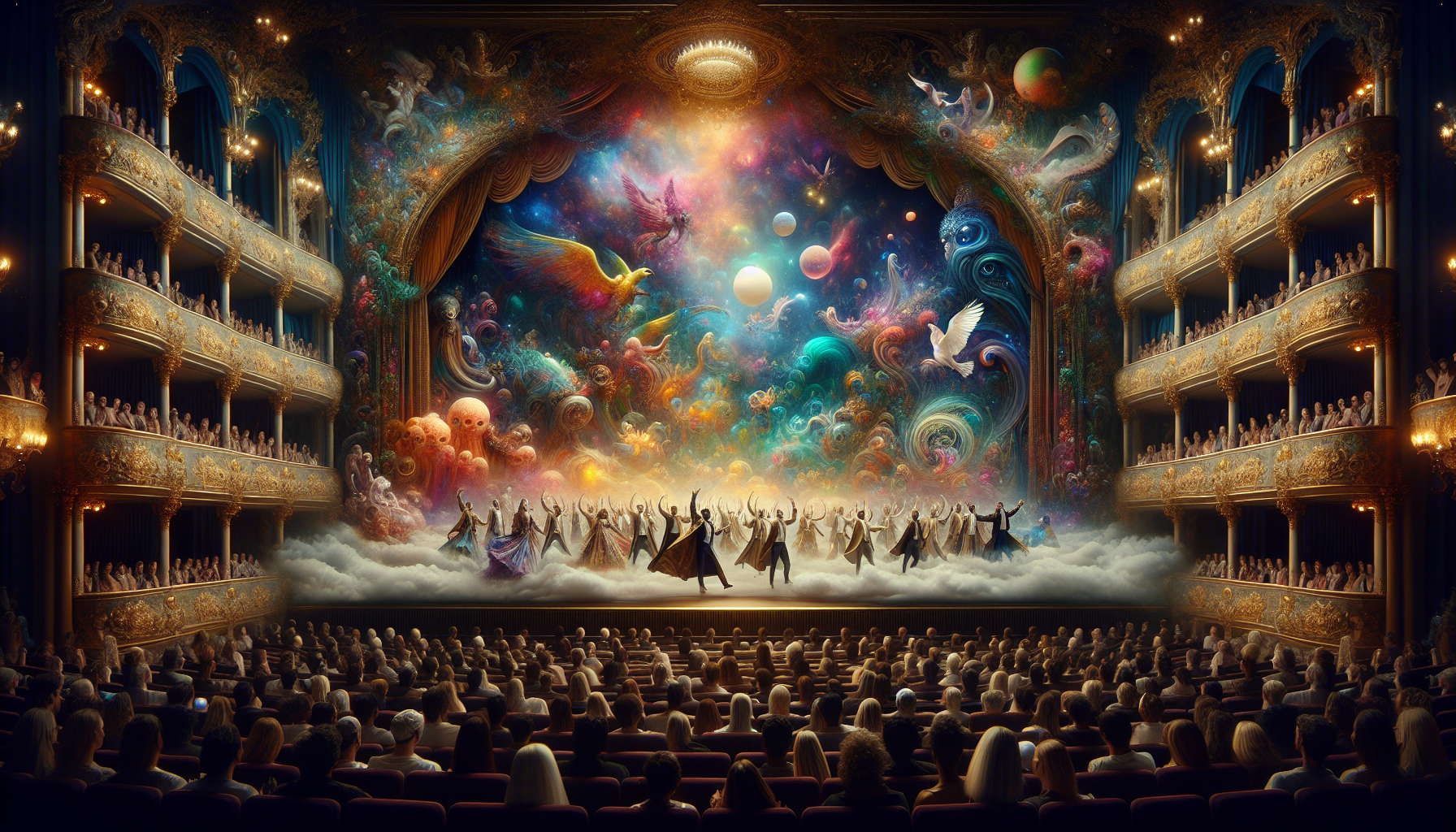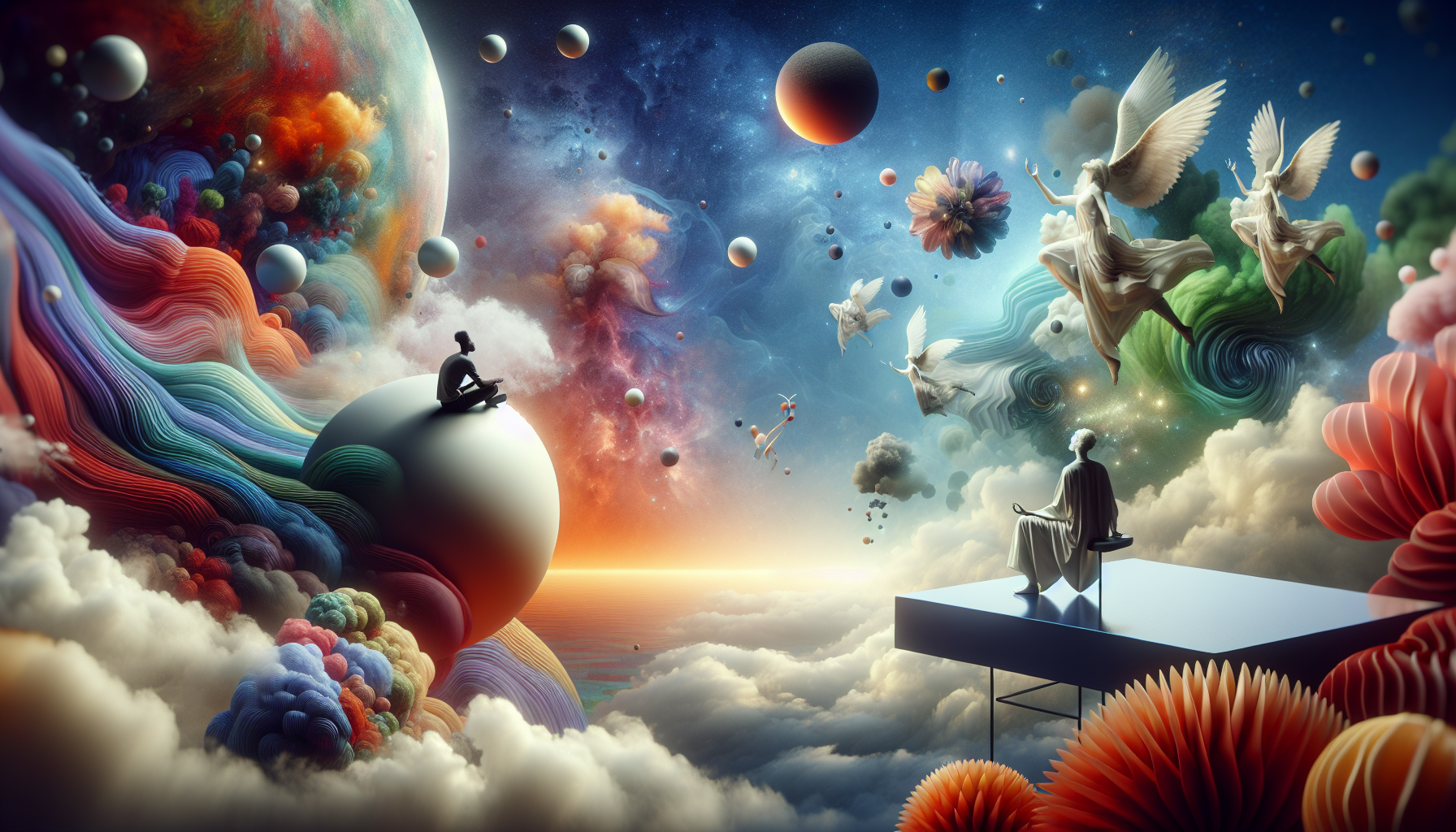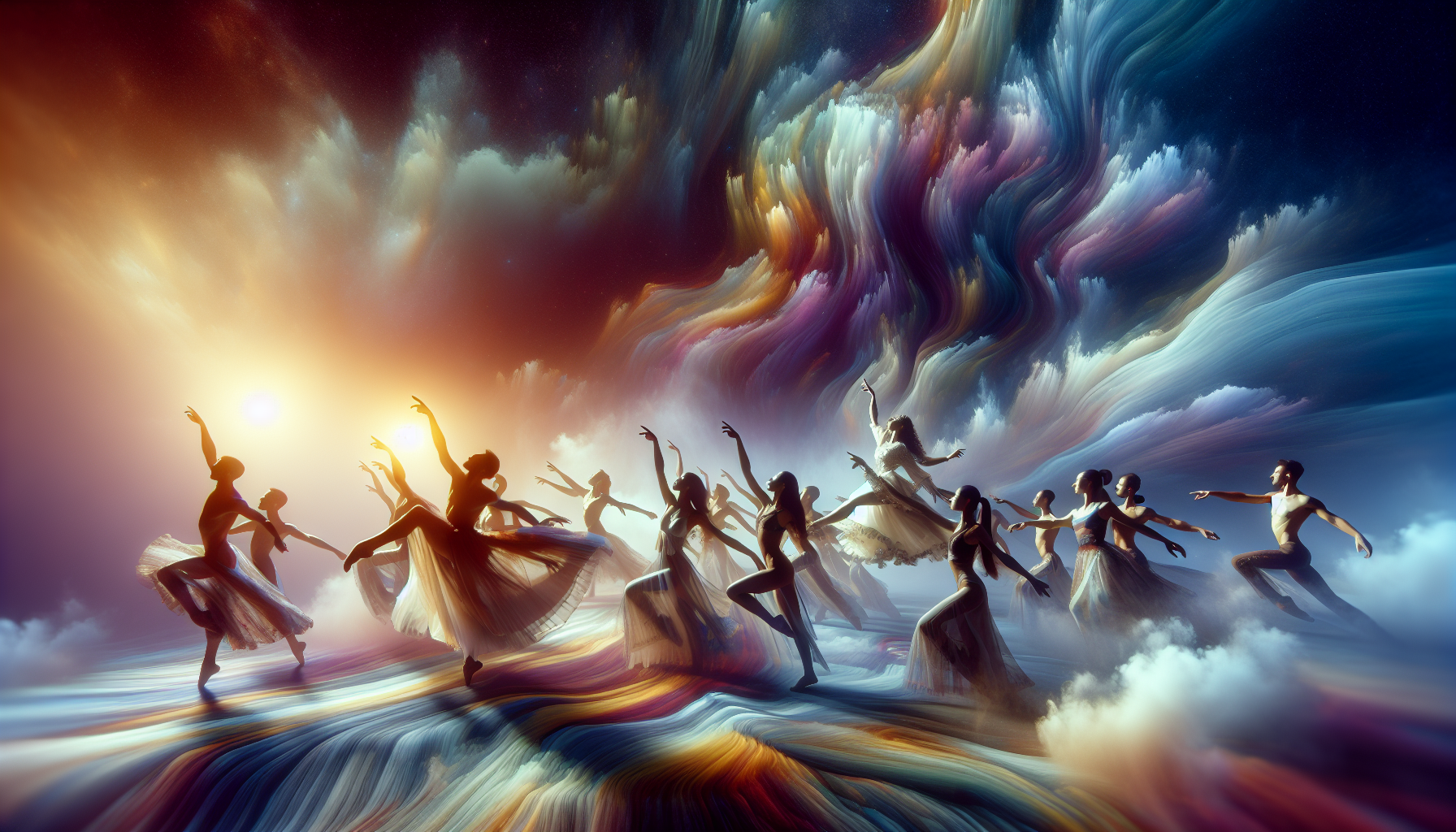In the dim, enigmatic realm of sleep, where consciousness drifts into a world untethered from the constraints of waking life, a captivating question has lingered at the edges of human curiosity: Is it possible for two or more people to share the same dream? This tantalizing notion, often relegated to the realm of fantasy and science fiction, raises profound questions about the nature of our minds and the boundaries of human connection. As we close our eyes each night and embark on individual journeys through the landscapes of our subconscious, could there be moments where our paths converge, creating a shared tapestry of dreams?
The concept of shared dreams, or “mutual dreaming,” isn’t just a whimsical flight of fancy. It has intrigued scientists, psychologists, and dream enthusiasts for generations. The notion challenges our understanding of how dreams are formed and what they mean for interpersonal connections. Dreams have long been a source of fascination, from the ancient Greeks who saw them as messages from the gods to Sigmund Freud, who believed they were windows into our deepest desires and fears. But the idea that two minds could synchronize their dream experiences opens up new avenues of inquiry that straddle the line between the metaphysical and the scientific.
To explore this phenomenon, we must first delve into the mechanics of dreaming itself. Dreams occur during the rapid eye movement (REM) phase of sleep, a cycle characterized by heightened brain activity and vivid experiences that often defy logic. During this phase, the brain is in a state of deep rest and reorganization, processing emotions and memories. But what if, during these cycles, the boundaries between individual minds become porous, allowing for a shared experience? In this article, we will examine the latest scientific research on the nature of dreams and the neurological underpinnings of shared experiences.
Moreover, we will explore anecdotal evidence and personal stories that suggest the existence of shared dreams. From siblings recounting eerily similar nocturnal adventures to friends who claim to have met in their dreams, these narratives challenge our understanding of what is possible in the dream world. Could these experiences be dismissed as mere coincidences, or do they point to an underlying connection that science has yet to fully comprehend? We will weigh the evidence, consider the skeptics’ perspectives, and explore the potential implications for our understanding of consciousness and human relationships.
Finally, we will speculate on the future of dream research and the potential for technology to unlock new possibilities in this area. Advances in brain imaging and neurotechnology are already beginning to offer glimpses into the enigmatic world of dreams. Could we one day find a way to intentionally share dreams, using technology to bridge the gap between minds during sleep? As we journey through this exploration of shared dreams, we invite you to suspend disbelief and consider the profound mysteries that lie within the quiet sanctuaries of our sleeping minds. 💤🌌
Understanding the Science of Sleep Cycles
Sleep is a fundamental aspect of human life, consuming approximately one-third of our existence. Despite its ubiquity, sleep remains a complex and somewhat mysterious phenomenon. At its core, sleep is divided into several cycles, primarily categorized into REM (Rapid Eye Movement) and non-REM stages. Each cycle plays a crucial role in maintaining our physical and mental health. The non-REM stage is further divided into three stages: N1, N2, and N3, with each stage representing a deeper level of sleep. The cycle progresses from light sleep to deeper, more restorative phases, culminating in REM sleep, which is associated with vivid dreaming.
During REM sleep, brain activity becomes more similar to wakefulness. This stage is believed to play a crucial role in emotional regulation, memory consolidation, and creativity. The cyclical nature of sleep, moving from non-REM to REM and back again, repeats several times throughout the night. Understanding these cycles provides a foundation for exploring more intricate questions, such as the possibility of shared dreams.
Recent advancements in neuroimaging and polysomnography have offered deeper insights into the workings of the sleeping brain. These technologies allow scientists to observe the brain’s activity during different sleep stages, offering clues about the intricate dance of neurons and neurotransmitters. Such studies suggest that while our bodies rest, our brains engage in a dynamic process that is essential for overall health and well-being.
The Role of Dreams in Sleep
Dreams are perhaps one of the most captivating aspects of sleep, often filled with bizarre narratives and vivid imagery. The exact purpose of dreaming remains a topic of debate, with theories ranging from the processing of emotions to the rehearsal of survival instincts. Freud famously suggested that dreams are the “royal road to the unconscious,” offering insights into our deepest desires and fears.
In contrast, the Activation-Synthesis Theory posits that dreams are merely the brain’s attempt to make sense of random neural activity during REM sleep. Regardless of the theory, dreams appear to serve an important function in maintaining mental health. Studies have shown that individuals deprived of REM sleep experience increased irritability and difficulty concentrating, highlighting the potential significance of this mysterious state.
In this context, the idea of shared dreams—a scenario where two or more individuals experience the same dream content—poses intriguing questions about the interconnectedness of human consciousness. While anecdotal reports and folklore suggest the occurrence of shared dreams, scientific evidence remains scarce. Exploring this phenomenon could potentially unlock new understandings of the human mind and its capabilities.
The Phenomenon of Shared Dreams
Shared dreams, also known as mutual dreams, are experiences where two or more individuals report having the same or similar dream content. These accounts are often detailed and specific, involving shared characters, locations, and events. Such experiences challenge the traditional understanding of dreams as isolated occurrences within an individual’s mind. While mainstream science remains skeptical, the notion of shared dreams persists in various cultures and spiritual traditions.
One possible explanation for shared dreams lies in the concept of a collective unconscious, proposed by Carl Jung. Jung theorized that humanity shares a set of universal experiences and archetypes that reside in the unconscious mind. According to this view, shared dreams could be manifestations of these archetypes, tapping into a collective source of imagery and symbolism.
Despite the lack of empirical evidence, shared dreams continue to captivate the imagination. Advances in dream research, such as lucid dreaming studies, may offer new insights into this phenomenon. Lucid dreaming, the ability to become aware and control one’s dreams, opens the door to intentional dream-sharing experiments. These studies aim to determine whether individuals can consciously meet in a shared dream space and validate the experience.
Potential Mechanisms Behind Shared Dreams
Several theories attempt to explain how shared dreams might occur. One hypothesis is that shared environments or experiences during waking life could influence dream content. Individuals who spend significant time together, such as family members or close friends, might have overlapping memories and emotions that manifest in similar dream scenarios. This explanation aligns with the idea that dreams are influenced by personal experiences and emotions.
Another possibility involves telepathic communication during sleep. While telepathy remains scientifically unproven, some researchers speculate that it could occur during the heightened neural activity of REM sleep. This theory suggests that individuals might subconsciously transmit and receive dream content, resulting in shared experiences.
Despite the lack of scientific consensus, the exploration of shared dreams continues to intrigue researchers and dream enthusiasts alike. Further studies in this area could shed light on the interconnectedness of human consciousness and the potential for shared experiences beyond the waking world.
Current Research and Technological Advances
The field of sleep research has made significant strides in recent years, thanks in part to technological advancements. Tools such as functional magnetic resonance imaging (fMRI) and electroencephalography (EEG) have enabled scientists to observe the brain’s activity during sleep with unprecedented precision. These technologies offer insights into the complex interactions between different brain regions and the neural mechanisms underlying dreaming.
Recent studies have focused on mapping the brain’s activity during different sleep stages, providing valuable data on the correlation between specific neural patterns and dream content. By identifying the brain regions activated during dreaming, researchers hope to uncover the neural basis of dream experiences and potentially identify patterns associated with shared dreams.
In addition to neuroimaging, virtual reality (VR) technology has emerged as a promising tool for dream research. VR environments can simulate dream-like experiences, allowing researchers to study the brain’s response to dream scenarios in a controlled setting. This approach offers a unique opportunity to explore the similarities between VR experiences and dreams, potentially shedding light on the mechanisms of shared dreams.
Implications for the Future of Dream Research
As our understanding of sleep and dreaming continues to evolve, the implications for future research are profound. The exploration of shared dreams challenges the traditional boundaries of dream studies, prompting new questions about the nature of consciousness and the potential for interconnected experiences. As technology advances, the possibility of verifying and studying shared dreams becomes increasingly feasible.
One exciting avenue of research involves the potential for using dream-sharing technologies to enhance communication and understanding between individuals. If shared dreams can be reliably induced and studied, they could provide a unique platform for exploring empathy, creativity, and collaborative problem-solving.
Moreover, the exploration of shared dreams may have implications for mental health treatment. Understanding the mechanisms of dream sharing could lead to new therapeutic approaches, particularly for individuals struggling with recurring nightmares or trauma-related dreams. By fostering a deeper understanding of dream experiences, researchers may uncover innovative ways to support mental and emotional well-being.
Exploring the Cultural Significance of Shared Dreams
The concept of shared dreams holds a prominent place in many cultural and spiritual traditions. Throughout history, various societies have attributed significance to dreams as a means of communication with the divine or the spirit world. In some cultures, shared dreams are seen as messages or omens, offering guidance and insight into personal or communal matters.
For example, Indigenous cultures often view dreams as a vital source of wisdom and guidance. Shamans and spiritual leaders may interpret shared dreams as messages from ancestors or spirits, providing guidance for the community. These cultural beliefs highlight the enduring importance of dreams as a bridge between the physical and spiritual realms.
The exploration of shared dreams from a cultural perspective offers valuable insights into the diverse ways in which dreams are understood and valued across different societies. By examining the cultural significance of shared dreams, researchers can gain a deeper appreciation for the multifaceted nature of dreaming and its potential impact on human experience.
The Role of Storytelling and Mythology in Shared Dreams
Storytelling and mythology have long been intertwined with the concept of shared dreams. Myths and legends often feature characters who embark on dream quests, encountering shared dreamscapes and symbolic challenges. These narratives serve as powerful metaphors for the human experience, exploring themes of transformation, connection, and self-discovery.
By examining the role of storytelling in shared dreams, researchers can uncover the symbolic language of dreams and the ways in which they reflect universal human experiences. This exploration offers a unique lens through which to understand the potential significance of shared dreams and their role in shaping cultural narratives.
For a deeper dive into the fascinating world of shared dreams, watch the video below:
Shared Dreams: A Journey into the Collective Unconscious (Channel: Dream Explorers)
| Stage of Sleep | Characteristics | Role in Dreaming |
|---|---|---|
| Non-REM Stage 1 (N1) | Light sleep, transition from wakefulness | Not typically associated with vivid dreams |
| Non-REM Stage 2 (N2) | Deeper sleep, characterized by sleep spindles and K-complexes | May include fragmented dream imagery |
| Non-REM Stage 3 (N3) | Deep sleep, slow-wave activity | Not typically associated with vivid dreams |
| REM Sleep | Active brain, rapid eye movements | Vivid dreaming, emotional processing |
- Explore the potential for shared dreams through cultural narratives and storytelling.
- Consider the implications of shared dreams for mental health and therapeutic practices.
- Investigate the role of technology in advancing dream research and understanding shared experiences.
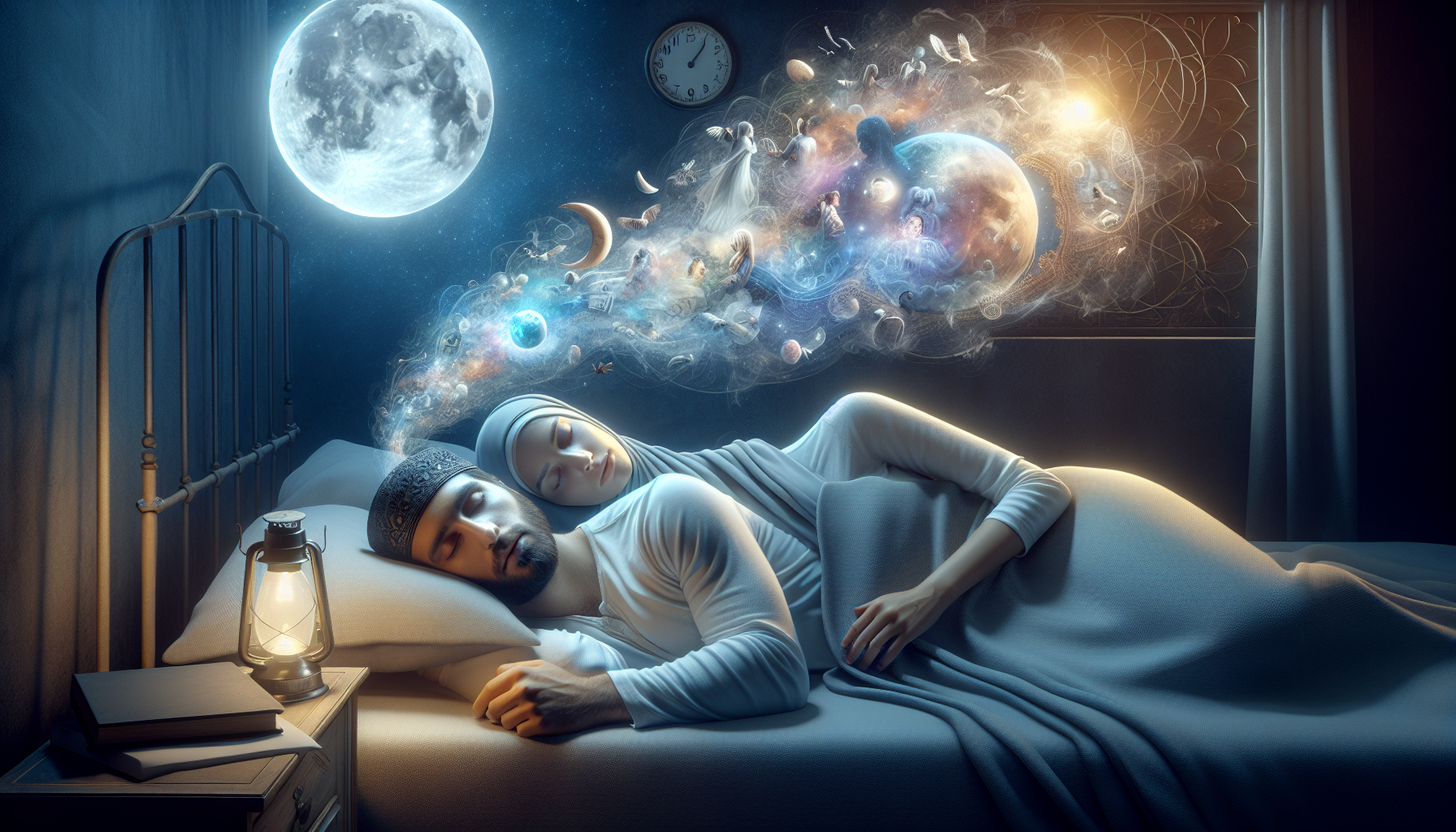
Conclusion
Unlocking the mystery of shared dreams during sleep cycles presents a fascinating intersection of neuroscience, psychology, and the deeply personal experience of dreaming. Throughout this exploration, we have traversed the intricacies of sleep stages, delved into the nature of REM sleep, and examined both anecdotal and scientific accounts of shared dreaming experiences. The possibility that two or more individuals could share elements of a dreamscape is a concept that challenges our understanding of consciousness and connectivity.
First, we revisited the foundational stages of sleep, emphasizing the crucial role of REM sleep where most vivid dreaming occurs. This stage is characterized by heightened brain activity similar to wakefulness, providing fertile ground for the dreams that intrigue us. We then considered historical and cultural perspectives, noting that shared dreams have been a subject of fascination across different societies for centuries, often viewed as spiritual or mystical occurrences.
Moving into the realm of science, we reviewed current research that seeks to understand how dreams are formed and what mechanisms might allow for shared experiences. While the scientific community remains divided, some researchers posit that shared dreaming could be explained by synchronized brain wave activity or by deeply connected individuals such as twins or long-term partners. However, conclusive evidence remains elusive, necessitating further study.
The psychological angle also offers intriguing insights. Shared dreams might occur more frequently among people with strong emotional bonds, suggesting that our connections in waking life can profoundly influence our subconscious experiences. This ties into theories of collective unconscious and the idea that humans might tap into shared symbols and narratives during sleep.
Our exploration underscores the importance of continued research into this captivating subject. Understanding shared dreams could not only illuminate aspects of human consciousness but also potentially improve therapeutic practices for mental health. For instance, shared dreaming concepts could be leveraged in therapy to enhance empathy and understanding between individuals.
As we conclude, it’s essential to recognize the broader implications of this inquiry. Shared dreams, whether scientifically validated or not, remind us of the profound interconnectedness of human experience. They invite us to ponder the limits of our perception and challenge us to rethink the boundaries of individual consciousness.
In engaging with this topic, we encourage you, our reader, to consider your own dreams and the connections you share with those around you. Have you ever experienced a dream that seemed shared or synchronized with someone else? We invite you to share your experiences and thoughts in the comments section. Your insights could add valuable perspectives to this ongoing conversation.
Moreover, consider sharing this article with others who might find the topic as intriguing as you do. In doing so, you contribute to a wider discussion about the mysteries of the mind and the potential of shared experiences. Let’s continue to explore and question the depths of our consciousness together, fostering a community curious about the wonders of the human mind. 🌟
For those interested in delving deeper into the subject, we recommend exploring resources such as the Sleep Foundation [https://www.sleepfoundation.org] and recent publications from the American Academy of Sleep Medicine [https://aasm.org]. These platforms offer a wealth of information on the latest research findings and insights into sleep science.
In closing, the possibility of shared dreams opens a window into understanding not just our subconscious but also the shared human experience. May this exploration inspire you to dream with others, both metaphorically and, perhaps, literally. Sweet dreams and shared journeys await us all. 🌙
Gabriel is a visual storyteller and dream archivist whose work explores the fragile boundary between memory and imagination. Through layered visuals and symbolic design, Gabriel captures the fleeting essence of dreams — those strange, beautiful, and sometimes haunting fragments that drift through sleep and linger in waking thought.
His creative journey is rooted in a deep fascination with the subconscious and the imagery it conjures. From half-remembered landscapes to recurring symbols and surreal encounters, each piece Gabriel brings to life becomes a portal into the inner archive — where time distorts, meanings shift, and personal mythology takes form.
With a background in handcrafted artistry and visual composition, Gabriel merges intuition with intention. His work doesn’t merely depict dreams; it preserves them, translating ephemeral moments into tangible expressions that evoke emotion, curiosity, and quiet revelation. Each visual is both a record and an invitation to explore the rich terrain of inner life.
Through illustrated dream journals, symbolic studies, and visual essays, Gabriel invites others to connect with the poetic architecture of their subconscious landscapes. His art becomes a mirror — not only of what we see at night, but of what we carry deep within.
His work is a tribute to:
-
The fragile beauty of forgotten dreams
-
The language of symbols in the subconscious mind
-
The inner worlds we visit but rarely name
Whether you’re a lucid dreamer, a seeker of hidden meanings, or someone fascinated by the mystery of sleep-born stories, Gabriel welcomes you to step into a space where dreams are not lost — they are archived, one vision, one sketch, one silent narrative at a time.

